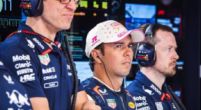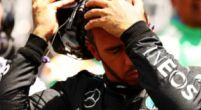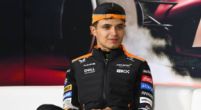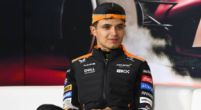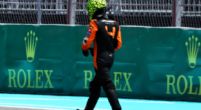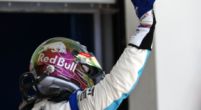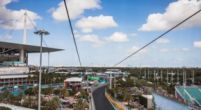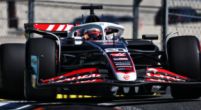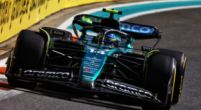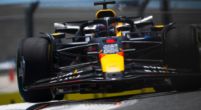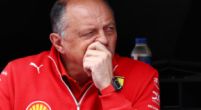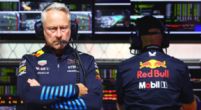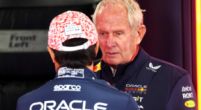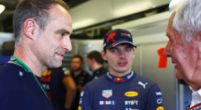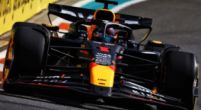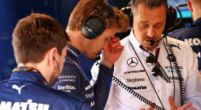Tech

F1 tech analysis | How the new floor moved Mercedes closer to Red Bull
Mercedes have struggled ever since the rule and regulation changes were introduced in 2022. However, things seemed to be going in the right direction at the US Grand Prix weekend. Lewis Hamilton managed to get the edge over both Ferrari and McLaren before being disqualified (together with Leclerc) for excessive wear on the skid plank. For Mercedes, the disqualification is irrelevant in the long term because Hamilton closed the gap on Max Verstappen. Here's how.
Hamilton approves Mercedes' new floor
Despite the Sprint weekend, which means that the teams have only an hour to set up the car for the rest of the weekend, Mercedes brought a completely new floor at COTA: the new solution was characterised by new Venturi inlets, a revised floor edge and also a different shape of the floor around the SIS (the lower impact structure) which is allocated inside the floor of the car.
In the drawing below, it’s possible to see all the changes highlighted with blue arrows. The Venturi inlet has an entirely new shape compared to the previous version, with the distance between the floor edge wing (the biggest external element, which has been raised in height) and the two inside elements that have increased. This change was made to increase the amount of air pushed underneath the car and thus converted into downforce.
This improves the car’s behaviour, especially in the high-speed corners. The floor edge has the same shape as the previous one, but the raised section has been inclined further, and the two “vortex generators” at its exit have changed too, with a more square space, to better manage the incoming turbulence from the front tyres. This makes the flow underneath as undisturbed as possible, intending to generate a very low-pressure area. To change the airflow around the undercut and towards the rear diffuser and beam wing, the Mercedes engineers also re-designed the floor around the SIS to create a “second channel” where the air can flow.

All these changes aimed to increase the downforce generated underneath the car and increase W14 rear stability in slow-speed corners; this floor also allowed the car to run at a lower ride height. The effects of this new package were visible very quickly: the car has been very fast, especially in the first sector, allowing Hamilton not only to fight for pole on both Friday and Saturday but also to challenge Verstappen on Sunday.
The British driver, in fact, expressed his good impressions and praised the team’s effort after the Friday qualifying: "I think it'll be just a showing of resilience and strength and depth from our team. I think we had a difficult year last year. Even to the start of this year, we didn't expect to be where we are."
Things on the other side of the garage were quite different, with George Russell who struggled to find pace for all weekend, finishing only P5 (after Hamilton and Leclerc’s disqualification).
McLaren had the edge over Ferrari
Ferrari and McLaren both made similar choices for what concerned the set-up: in fact, the teams decided to use a medium downforce rear wing, which could have helped during qualifying since it provides higher top speeds and a good balance over one lap but cost them in the race, as the rear tyres suffered a lot. Despite the same choice, the MCL60 was still good in the race pace and in qualifying. It was a stable car both in the high speed and in the slow speed hairpins; the SF-23 looked good in qualifying, but as they added more fuel, the car struggled a lot in making the tyres last. However, while Norris still managed to bring the race home in P2 eventually, and Sainz got P3 for the Maranello team, Leclerc tried a one-stop race, which caused his decline down to P5.
In conclusion, all is set for an interesting and tight battle for second place in the Constructors' Championship with four races to go. Lewis Hamilton and Sergio Perz have everything to play for.

